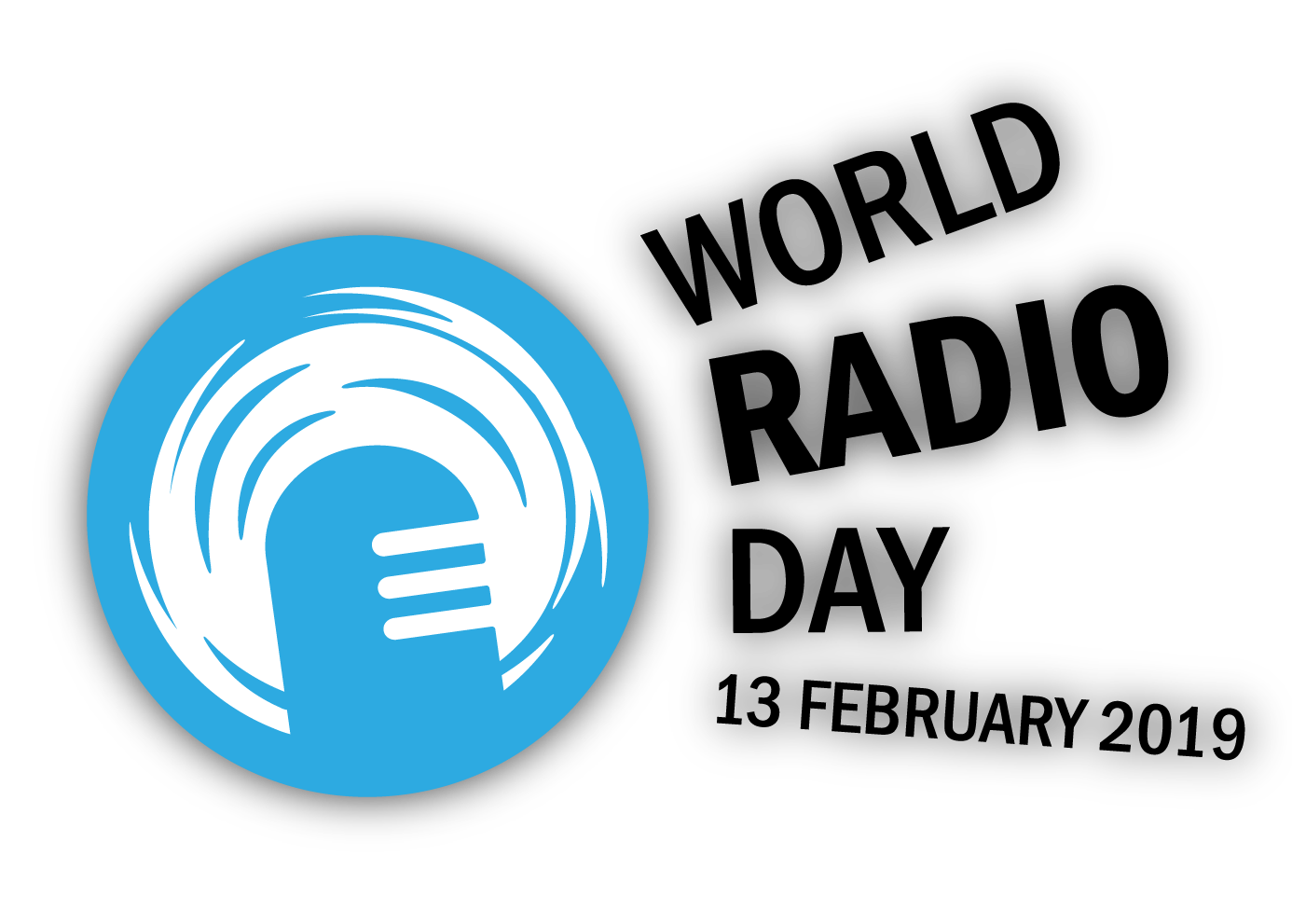Radio: Still Essential After All These Years
February 13, 2019It’s more than a century old – but hardly irrelevant. The medium of radio continues to support an impressive array of applications, from radar to broadcasting.
A dizzying variety of new technologies has burgeoned since the days of Marconi and Tesla. Yet radio is still very much with us. In one form or another, most of us continue to rely on it on a daily basis.
Our smartphones, for example, are a highly advanced species of walkie-talkie, converting voice or data into radio waves and transmitting them to cell towers that act as relays. Meanwhile, more than 60% of internet traffic is carried over WiFi – which, writes John Patrick Pullen, is “essentially two radios communicating back and forth that use lower power and broadcast over a much shorter distance.”
What about radio as a broadcast medium, though? Is it dying out, supplanted by streaming audio and video, including services such as Spotify? On the contrary, more people are tuning in than ever. A report from Nielsen in 2015 found that 245 million Americans listen to broadcast radio at least once each week.
“Old-fashioned AM/FM radio remains the biggest mass-reach medium in the United States, with more than 90% of consumers listening on a weekly basis,” writes Amy X. Wang. “That percentage has stayed strong even in the face of the explosive growth of music streaming.”
World Radio Day, commemorated each year on February 13, provides an opportunity to reflect on the ways radio enhances our lives. At Capitol Technology University, the occasion has special significance. Radio is integral to the history of the school, which originated as a training institute for radio engineers and technicians. Eugene H. Rietzke, a Navy veteran who led radio training at the Naval Research Laboratory, opened the school – then known as the Capitol Radio Engineering Institute (CREI) – in 1927.
Demand for training in radio had soared, with many eager to launch their careers in the revolutionary new industry. The industry would see even more explosive growth following World War II.
Rietzke had a far-reaching vision but not much in the way of funds. To help equip his new school, he persuaded the National Broadcasting Corporation – then in the process of moving its headquarters and studios to New York – to sell him hundreds of thousands of dollars’ worth of radio equipment for only $100. Rietzke and CREI vice president M. H. Biser then worked day and night to install it at the school.
“We pulled wire through cables and used hand drills because we couldn’t afford to buy an electric drill,” Rietzke recalled in 1966.
CREI’s reach went far beyond its physical location. Over the years, the school would become known nationally – and even worldwide -- for its pioneering home-study courses, which promised to provide “the professional radioman [with] working knowledge of Practical Radio-Electronics Engineering” and instill “the confidence in his own ability which enables him to go after the better jobs – and get them.”
Fast-forward a few decades, and CREI’s successor institution, Capitol Technology University, is now a full-fledged university with degrees at the undergraduate, master’s, and doctoral level. Recognized nationally for the strength of its programs in fields such as cybersecurity, computer science, and engineering, the university continues to expand in response to changing technology and industry needs. This year, it is launching new programs in mechatronics engineering and construction management and critical infrastructure, among other fields.
At Capitol Tech, radio may no longer occupy center stage -- but it still has a role to play, both in the classroom and in co-curricular activities. Dr. Sandy Antunes, who teaches astronautical engineering and computer science courses at the university, has sent his students out on radio foxhunts in order to learn more about how radio signals propagate, and what can get in their way. Students have used radio to retrieve telemetry and data from orbiting low-earth-orbit (LEO) satellites, or as a backup communications system for their own satellite projects. And in the university’s new unmanned and autonomous systems program, students will be using radio to control a wide array of high tech devices.
Whether you’re an engineer learning radio fundamentals, a ham bouncing signals off the ionosphere, a space flight operator communicating with a satellite overhead, or simply a casual listener who likes tuning into your favorite station during your daily commute, there is much to celebrate on February 13. Happy World Radio Day!




